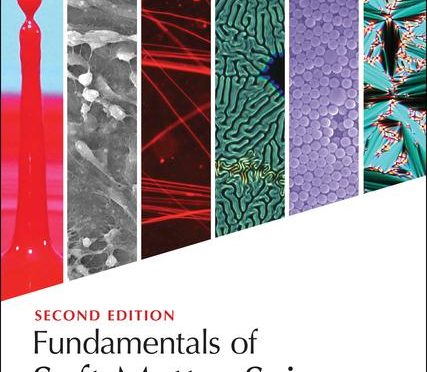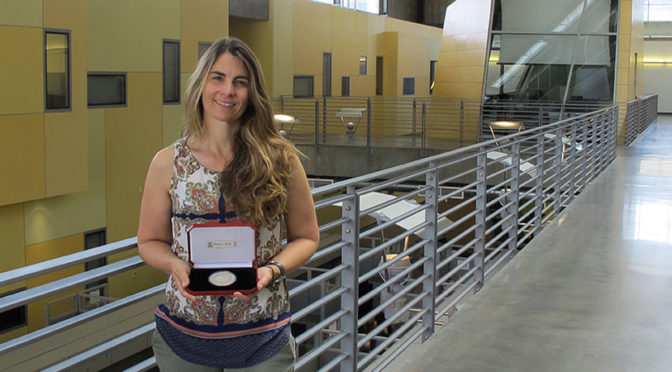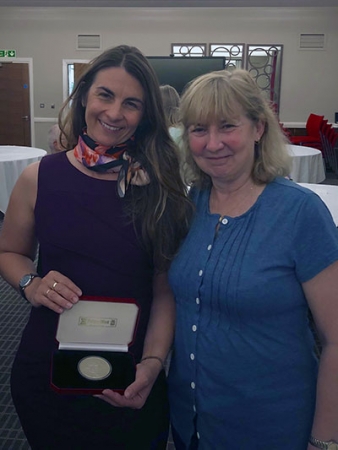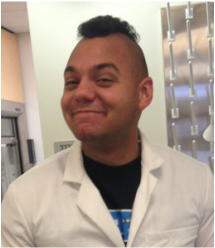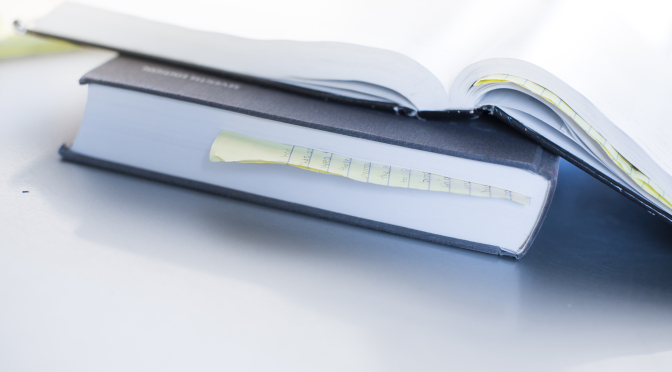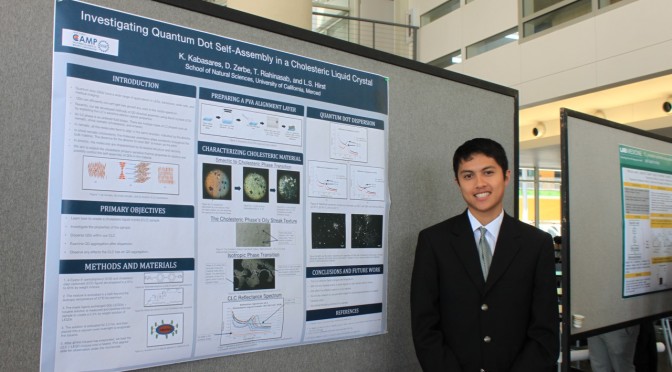Summary
This revised edition continues to provide the most approachable introduction to the structure, characteristics, and everyday applications of soft matter. It begins with a substantially revised overview of the underlying physics and chemistry common to soft materials. Subsequent chapters comprehensively address the different classes of soft materials, from liquid crystals to surfactants, polymers, colloids, and biomaterials, with vivid, full-color illustrations throughout. There are new worked examples throughout, new problems, some deeper mathematical treatment, and new sections on key topics such as diffusion, active matter, liquid crystal defects, surfactant phases and more.
• Introduces the science of soft materials, experimental methods used in their study, and wide-ranging applications in everyday life.
• Provides brand new worked examples throughout, in addition to expanded chapter problem sets and an updated glossary.
• Includes expanded mathematical content and substantially revised introductory chapters.
This book will provide a comprehensive introductory resource to both undergraduate and graduate students discovering soft materials for the first time and is aimed at students with an introductory college background in physics, chemistry or materials science.

